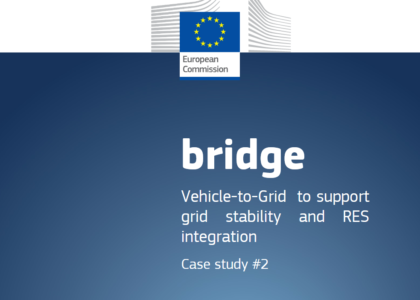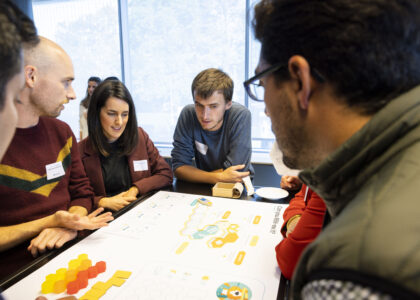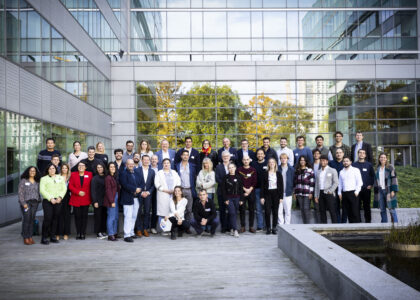by Nikos Nikolopoulos and Petros Iliadis – CERTH
Notoriously, the EU commission actively promotes renewable energy sources in order to mitigate the effects of climate change. The Clean Energy package, recently published, contains the definition of the Renewable Energy Communities and of the Citizen Energy Communities.
The Renewable Energy Communities (REC) are defined in the recast Renewable Energy Directive (RED II) . The Citizen Energy Communities (CEC) are defined in the recast Electricity Market Directive. There are a number of differences among citizen and renewable energy communities, although similar in their nature.
The table below may help a rapid comparison between the CEC and the REC:
| Citizen Energy Community | Renewable Energy Community | |
| Membership | Natural persons, local authorities, including municipalities, or small enterprises and microenterprises. | Natural persons, local authorities, including municipalities, or small enterprises and microenterprises, provided that for private undertakings their participation does not constitute their primary commercial or professional activity. |
| Geographic limitation | No geographic limitation, Member States can choose to allow cross-border Citizen Energy Communities. | The shareholders or members must be located in the proximity of the renewable energy projects, owned and developed by the Renewable Energy Community. |
| Allowed activities | Limited to activities in the electricity sector. Electricity generation, distribution and supply, consumption, aggregation, storage or energy efficiency services, generation of renewable electricity, charging services for electric vehicles or provide other energy services to its shareholders or members. | Can be active in all energy sectors. Production, consumption and selling of renewable energy. |
| Technologies | Technology neutral. | Limited to renewable energy technologies. |
First, we can observe a key difference in geographic limitation, since REC are restricted to be local renewable energy sources. Furthermore, REC are limited to renewable energy technology utilization. Thus, we consider CEC as a superset of the REC.
In the RENAISSANCE framework, a term similar to REC was proposed, as the aforementioned we not yet defined. Local Energy Communities (LEC) are legal entities that manage Local Energy Systems (LES) and are generally value- rather than profit- driven. LES in turn, are connected energy systems that include performing activities of a distribution system operator, supplier or aggregator at a local level and typically include renewable generation.

RENAISSANCE definition is in line with the EU Commission philosophy regarding REC. The only difference refers to the permission of conventional local power generation units, mainly for ancillary and back-up services. However, we can consider RENAISSANCE as a REC project and we can use the terms LEC and REC interchangeably without any loss of meaning.
To know more, read the full Clean Energy for All Europeans package or subscribe to our newsletter and stay up-to-date with project achievements.



